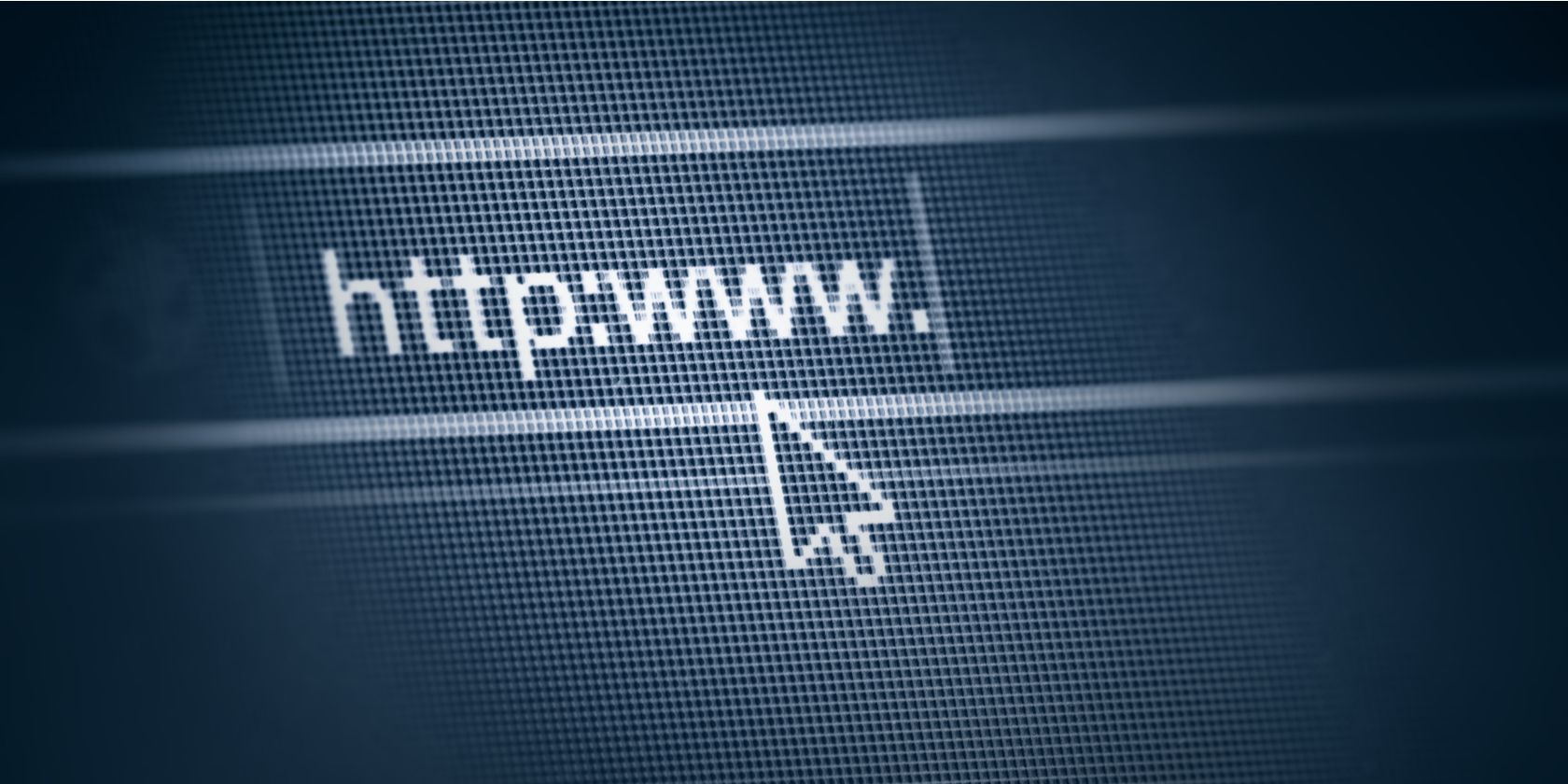A lot of contemporary tech terminology tends to get mixed up. Sometimes because they sound similar, other times it's because of the proximity and overlap of meanings. So, when it comes to mixing up the World Wide Web and the internet, it's likely because you've heard them used interchangeably for over a decade.
Still, it's worth understanding the meaning and knowing the difference between words you use frequently. So, WWW vs. the internet, what's the difference, and where do they meet?
What Is the World Wide Web?
WWW stands for World Wide Web.
WWW has been used as a single word for so long that it's sometimes hard to remember that it's an acronym. The World Wide Web is a global network of web pages that can be found and accessed through their addresses.
You can think of the web as an information-sharing model. It uses various communication protocols, such as HTTPS, to transmit and exchange data between devices connected to the network.
Every time you load a page onto your browser, you're accessing the web. It's the content you see on your screen. That's why they're called web pages.
Despite the name, the World Wide Web isn't an actual worldwide web. It's a service that needs an infrastructure to work—the internet.
What Is the Internet?
The internet is a network of connected computers or servers. It's the infrastructure that allows files and data to travel between the different nodes.
Networks can vary in size depending on their purpose. Local and small-scale networks (a Local Area Network) often have a limited number of devices, like in schools and offices. The internet you're using to read this article has a much wider range, connecting your device to servers and computers thousands of miles away (a Wide Area Network).
But the more devices you have in a network and the further apart they are, the harder it is to connect to them. This is where an ISP comes into play. An Internet Service Provider is responsible for connecting your device and local servers to servers on the other side of the country or even overseas.
So, the term "the internet" literally refers to the interconnected network that links all networks together, the sprawling entity run by, owned by, and developed by governments, organizations, businesses, universities, and more.
Where the Internet and WWW Overlap
The very first prototype of the internet was invented in the 1960s. The Advanced Research Projects Agency Network, or ARPANET, allowed multiple computers to communicate directly through a single network. But the internet used today only came around in 1983.
Similarly, the WWW had a prototype that's no longer in use as of 1995. The NSFNET or National Science Foundation NETwork was a network system that connected five supercomputers spread out all over the US. But this was purely for official government and scientific work, not commercial access like today's web.
The modern World Wide Web was invented four years after in 1989. It took advantage of the internet to share files in an easy and flexible format with relative speed and security for the time.
The internet is the hardware that connects the world. The WWW is the software that makes use of the physical structures.
Another area you can spot the difference between the internet and the web is connection trouble. When you're out of range or having connection issues, the problem is with the internet. The web content you're trying to access is still there, and other people with a solid connection can access it.
When the issue is the web, no one can access its content, regardless of the quality of your internet network connection.
Different But Inseparable
While people may continue using the WWW and the internet interchangeably out of habit, it's still worth it to know the difference. In fact, the only way global communications systems can evolve into better versions of themselves is if people understand them enough to analyze and improve their performance.



